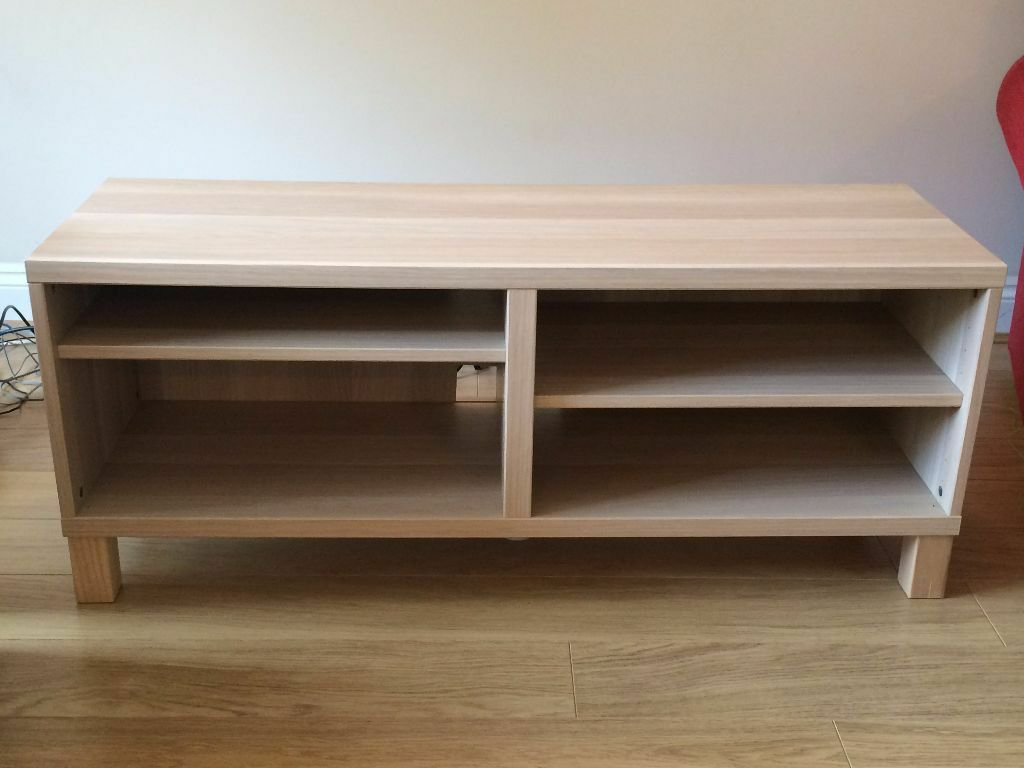I have a TV stand pretty similar to this one 
It weighs about 20 kg (44 lbs).
I also have a TV that weighs about 10 kg (22 lbs).
Now because the TV stand is too low, I'd like to mount it on the drywall. I'm mounting the TV stand, which came with parts to do just that, not mounting the TV, just to save some money on a TV mount.
The problem is, since the three mounting points of the TV stand have fixed distances from each other, I can only screw the middle one to the stud. The two side ones will have to be screwed to the drywall. Would this be enough to support the combined weight of the TV stand, the TV, and other things I might put in the stand, say, 80 lbs? Note that I'm not going to move the TV stand once mounted since it's obviously not a swivel TV mount.
Edit: thank you everyone for the great suggestions. I decided to go for a TV wall mount instead, as properly mounting the TV stand likely will be more expensive and less secure.




